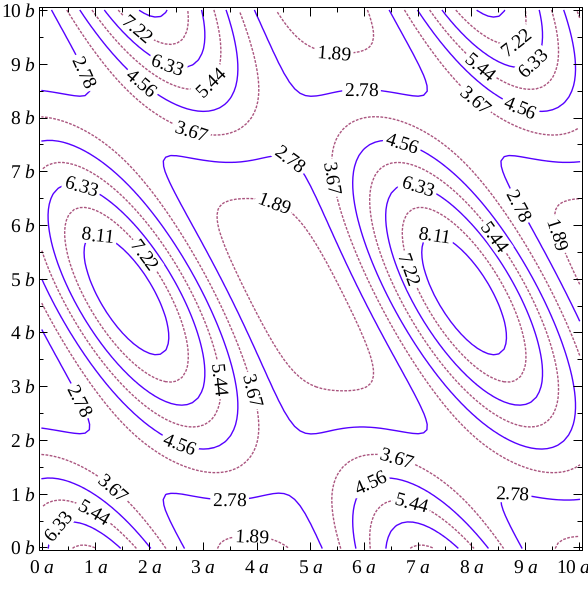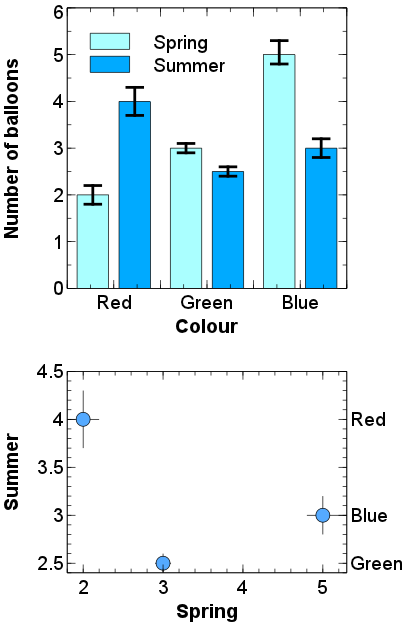


R is an environment for statistics and graphics. As the horizontal axes of the two parts are identical the tick labels and axis label of part (a) are redundant (without them the plots could be moved closer together), and placing the labels for each part above rather than within the plots requires more page space. Unnecessary labelling of horizontal axis in part (a), and labels above plots The figure appears cluttered, compromising good composition. Vertical orientation of horizontal axis tick mark labels Legibility is compromised by reducing font size unnecessarily (there is room to accommodate the x-axis tick mark labels horizontally at the same font size as the other elements), and the labels are difficult to read in vertical orientation (there is room to orient them horizontally or at an angle).Ībsence of text indicating subjects of parts (a) and (b) This compromises communication of the figure’s purpose and accessibility, requiring the viewer to read the caption to know what is in each part. These decisions compromise several of our principles for good design.ĭifferent symbol and line types for the two variables This obfuscates the plot’s purpose and compromises simplicity by introducing unnecessary complexity (use of separate figure parts identifies the two variables, and therefore different symbols and line types are unwarranted).Īxis labels emphasized with bold This introduces an unnecessary hierarchy in the text, drawing attention to elements of peripheral rather than principal interest. ( 2016) illustrates the effects of a range of questionable design decisions-all of which can be commonly seen in the scientific literature-and how they obfuscate the plot’s purpose. This variation (Figure 62) on Figure 2 from Cunningham et al.

There is more than one way to draft a plot. This is a modified version of Figure 2 from Cunningham et al. Figure 62: In Shaanxi Province, China, the numbers of (a) newly licensed Chinese giant salamander farms and (b) salamander hatchlings produced during 2004–2012.


 0 kommentar(er)
0 kommentar(er)
